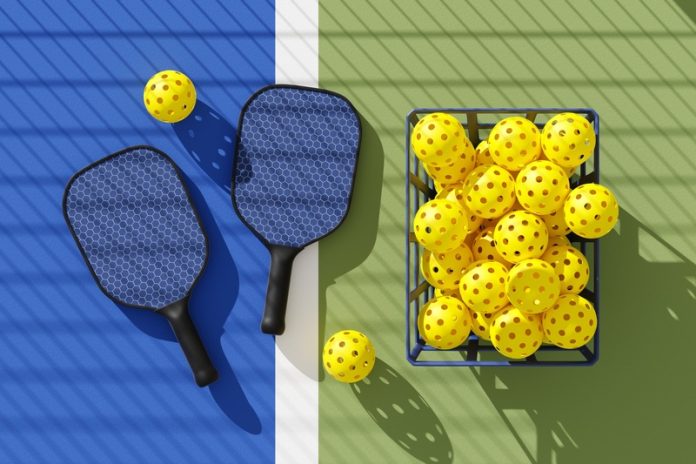Organizing your living space can be a rewarding yet challenging task, especially when it comes to deciding what to keep, donate, or throw away. Whether you’re decluttering for a move, simplifying your home, or just seeking to create a more organized environment, knowing how to prioritize items is key to making the process efficient and stress-free. In this article, we’ll walk you through practical strategies to help you determine the fate of your belongings and maintain a clutter-free space.
Table of Contents
ToggleStep 1: Assess the Purpose of the Organization
Before diving into sorting through your belongings, it’s important to establish why you are organizing. Are you moving to a smaller space? Looking to simplify your life? Or perhaps you want to make room for new items. Defining your purpose will guide you through the decision-making process, helping you stay focused on your goals.
Step 2: Create Categories for Your Items
Start by categorizing your belongings into broad groups like clothing, books, kitchenware, sentimental items, and more. This allows you to tackle one category at a time without feeling overwhelmed. Once the items are grouped, you can further organize each category into three specific groups: items to keep, items to donate, and items to throw away.
Items to Keep
These are the belongings that add value to your life, whether through utility, emotional attachment, or necessity. Think carefully about each item’s current relevance and its future use. To make the process easier, ask yourself the following questions:
- Do I use this regularly?
Items that serve an everyday purpose, like kitchen tools or clothes, should generally be kept, as they have a functional role in your life. - Does it fit my current lifestyle?
Sometimes we hold onto items that were important in the past but no longer fit our current needs. For instance, keeping old sports equipment when you no longer participate in that sport may not make sense. - Is it in good condition?
If something is broken, outdated, or unusable, it might be better to let it go rather than storing it away for a potential future fix.
Items to Donate
Many of your unused or gently worn items could benefit someone else. Deciding to donate items is a great way to give back and declutter at the same time. When selecting items to donate, consider the following:
- Is it still in good condition?
Clothing, furniture, and household items that are still in good shape but no longer serve you can often be donated to a local charity or thrift store. - Has it been unused for over a year?
A general rule of thumb is that if you haven’t used or worn something in the last year, it’s time to donate it. Chances are, you won’t miss it. - Could it be useful to someone else?
Items like extra blankets, books, and toys can be given to organizations that help those in need. Always ensure the items you donate are clean and functional.
Items to Throw Away
Not everything can be kept or donated. Some items, especially if they are damaged or worn beyond use, should be disposed of. When deciding what to throw away, consider these factors:
- Is it broken or beyond repair?
If an item is damaged and not worth the time, effort, or money to repair, it’s time to throw it out. This includes items like cracked dishes, old electronics, or broken furniture. - Is it expired?
Perishable items like food, medicine, and cosmetics have expiration dates. Regularly checking and discarding expired goods is a crucial part of maintaining an organized and safe environment. - Is it something you forgot you owned?
If you come across items you forgot about, there’s a good chance you don’t need them anymore. Rather than keeping it, consider whether it’s worth discarding.
Step 3: Use the “One-Year Rule”
A useful strategy when sorting items is the “one-year rule.” If you haven’t used, worn, or even thought about an item in the past year, it’s probably time to part ways with it. This rule helps you focus on the items that are truly relevant to your daily life while letting go of the clutter.
Step 4: Sentimental Items and How to Handle Them
Sentimental items are often the most difficult to let go of, as they hold emotional value. However, too many sentimental items can lead to clutter. To handle these items more effectively:
- Limit the number of keepsakes:
Instead of keeping everything, select a few meaningful pieces that truly represent special memories. For example, keep one childhood drawing from your child instead of a whole box. - Digitize photos and documents:
Scanning old photos, letters, and documents can help preserve the memory without taking up physical space. Digital storage offers a clutter-free way to keep important sentimental items. - Repurpose or display sentimental items:
Instead of storing sentimental items away in a box, find ways to integrate them into your home decor. Display meaningful mementos or create a scrapbook of cherished photos and letters.
Step 5: Set Limits for Each Category
To avoid future clutter, establish limits on how many items you will keep in each category. For example, you might decide to only keep a set number of books, clothing, or shoes. This ensures that you’re not overwhelmed with too many items in one area, making your organizational efforts sustainable over time.
Step 6: Take Action and Organize
Once you’ve sorted everything, it’s time to take action. Donate the items in good condition to local charities, discard the broken or unusable items, and organize the items you plan to keep. Invest in storage solutions like bins, shelves, and drawers to keep your space tidy and ensure that each item has a designated place.
Step 7: Maintain the Decluttered Space
The key to maintaining an organized and clutter-free space is to regularly review your belongings. Every few months, revisit the items in your home and ask yourself if they still hold value. Developing the habit of decluttering periodically will prevent clutter from building up again.
Organizing your home and deciding which items to keep, donate, or throw away can seem daunting, but with the right approach, it becomes manageable. By categorizing your belongings, using strategies like the one-year rule, and setting limits on what you keep, you can enjoy a more organized and functional space. Remember, it’s not about getting rid of everything—it’s about keeping what adds value to your life and letting go of what doesn’t.








